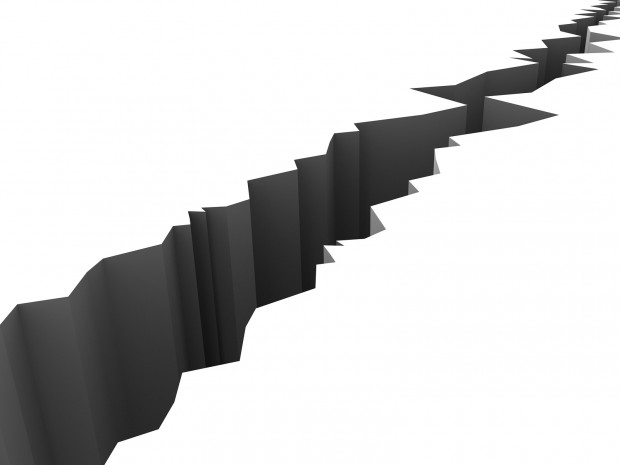The magnitude 7.6 earthquake that struck northern Chile late Wednesday—only a day after the area was hit by a magnitude 8.2 quake and subsequent tsunami waves—is “bigger than would be expected for a standard aftershock,” says Dr. Robert Muir-Wood, chief research officer at RMS.
Reports of damage from the quakes include power outages, fires and landslides. While the government has said there is no significant damage to coastal areas, a number of adobe homes were reported destroyed in Arica.
Chile is one of the world’s most seismically active countries with a coastline at risk from tsunami waves, says RMS. A magnitude 8 earthquake occurs every decade on average in the Chilean subduction, with one greater than magnitude 8.7 occurring at least every century.
In 1960, the largest earthquake on record struck southern Chile—a magnitude 9.5 earthquake that generated a tsunami which spread across the Pacific Basin with wave heights that reached nearly 33 feet.
The destructive tsunami events of the last decade have sparked worldwide awareness of the potential devastation of these catastrophes, calling for an industrywide re-evaluation of risk quantification.
Relatively low insured exposure concentrations are a common characteristic of many high-risk tsunami hazard regions, according to RMS. The insurance market in Chile has seen a high annualized premium growth in the last three years (22.5 percent in Chile compared to 2.9 percent in the U.S.); however, the insurance penetration remains relatively low at 1.4 percent (compared to 3.2 percent in the U.S.).





















 Breaking: Andersen to Replace Zaffino as CEO of AIG on June 1
Breaking: Andersen to Replace Zaffino as CEO of AIG on June 1  Why ‘Good Enough’ Is Killing Insurance: The Hidden Cost of Satisficing
Why ‘Good Enough’ Is Killing Insurance: The Hidden Cost of Satisficing  Insurance Costs, Climate Concerns Factor Heavily in U.S. Home Buying Decisions
Insurance Costs, Climate Concerns Factor Heavily in U.S. Home Buying Decisions  What to Expect in 2026: U.S. P/C Results More Like 2024
What to Expect in 2026: U.S. P/C Results More Like 2024 





